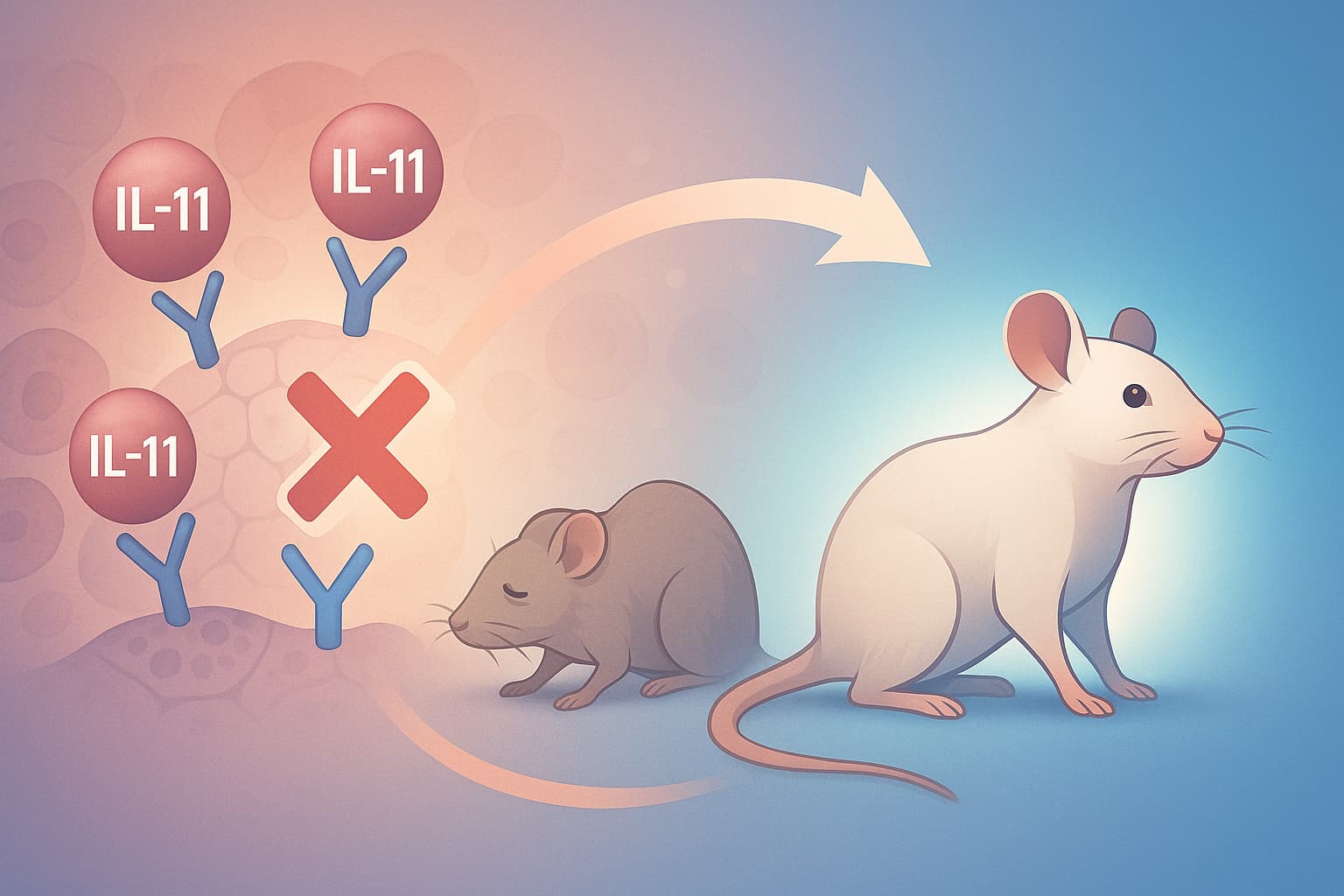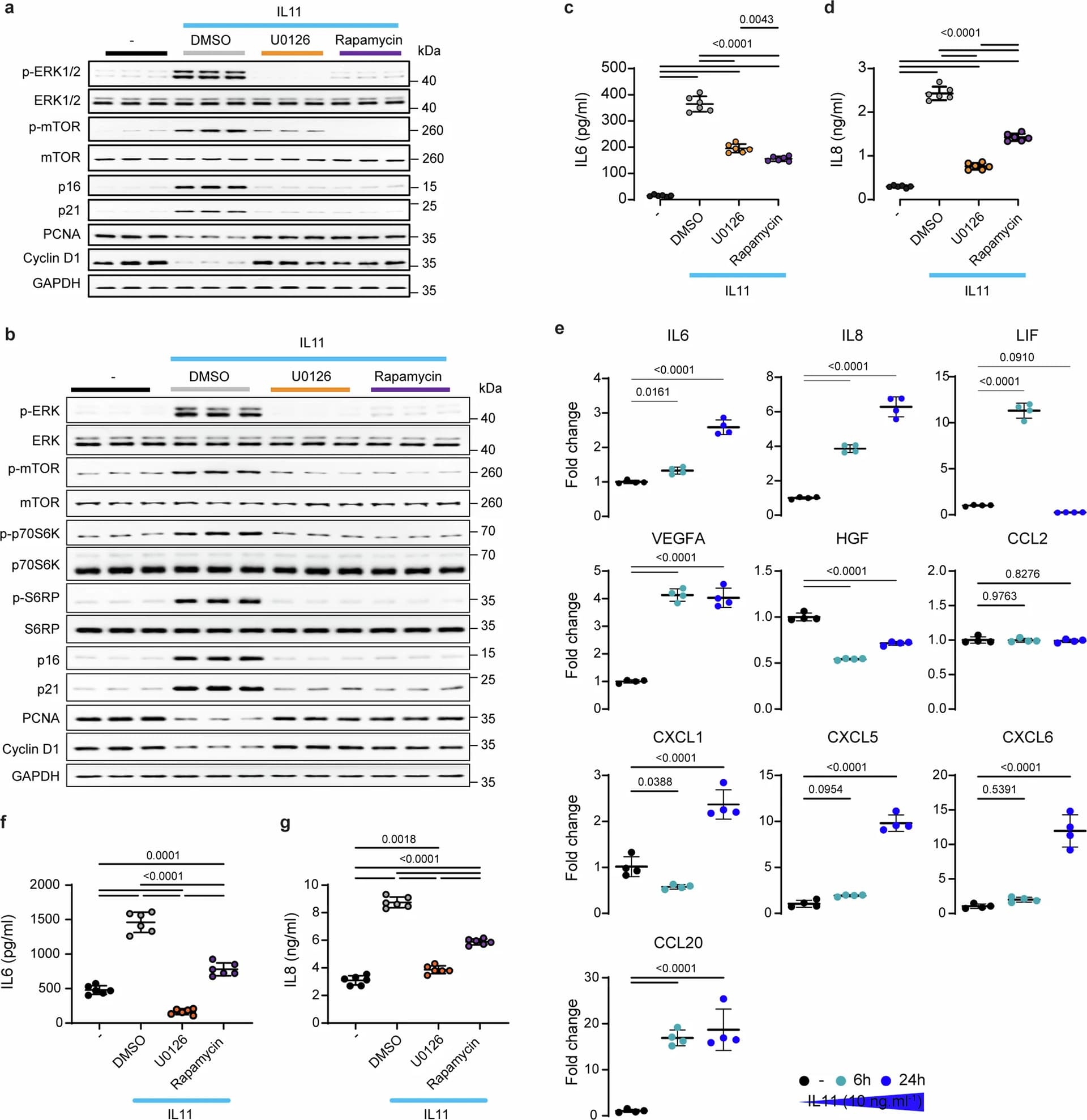Just started my investigation of IL-6 but for others that don’t know much about it, here are some links, starting with basic info.
https://omega3innovations.com/blog/interleukin-6-the-inflammation-marker-you-need-to-know/
It’s important for the body to generate enough IL-6 for the right occasions. After exercise, for instance, the body typically produces more IL-6 to help maintain energy and repair any skeletal muscle damage. This is generally a positive thing (23).
The key thing to remember is that, while acute spikes in IL-6 is normal, having chronically high levels becomes problematic. Research shows that those who are less physically active have higher IL-6 levels than disciplined exercisers (16). In addition, researchers have also found that regular exercise, combined with eating a low calorie diet, significantly decreases IL-6 levels.
A sizable body of research has separately documented that melatonin supplementation can reduce IL-6 (likely because of melatonin’s anti-inflammatory effect) (10, 11, 12, 13). Indeed, some researchers found that IL-6 levels dropped with as much as 34% after high dose melatonin supplementation (14)
https://en.wikipedia.org/wiki/Interleukin_6
Like mTORC1 and it’s function as a nutrient/energy/redox sensor, IL-6 is related to inflamation but also has both positive and negative effects. So inhibitors
likely would need to be cycled.
Like in humans, there seems to be an increase in IL-6 expression in working muscle and plasma IL-6 concentration during exercise in rodents.[29][30] Studies in mice with IL-6 gene knockout indicate that lack of IL-6 in mice affect exercise function.[9]
It has been shown that the reduction of abdominal obesity by exercise in human adults can be reversed by the IL-6 receptor blocking antibody tocilizumab. Together with the findings that IL-6 prevents obesity, stimulates lipolysis and is released from skeletal muscle during exercise, the tocilizumab finding indicates that IL-6 is required for exercise to reduce visceral adipose tissue mass.[31] Bone may be another organ affected by exercise induced IL-6, given that muscle-derived interleukin 6 has been reported to increase exercise capacity by signaling in osteoblasts.[32]
IL-6 has extensive anti-inflammatory functions in its role as a myokine. IL-6 was the first myokine that was found to be secreted into the blood stream in response to muscle contractions.[33] Aerobic exercise provokes a systemic cytokine response, including, for example, IL-6.
Aging
IL-6 is commonly found in the senescence-associated secretory phenotype (SASP) factors secreted by senescent cells (a toxic cell-type that increases with aging).[88][89] Cancer (a disease that increases with age) invasiveness is promoted primarily though the actions of the SASP factors metalloproteinase, chemokine, IL-6, and interleukin 8 (IL-8).[90][88] IL-6 and IL-8 are the most conserved and robust features of SASP.
https://en.wikipedia.org/wiki/Tocilizumab
Tocilizumab, sold under the brand name Actemra among others, is an immunosuppressive drug, used for the treatment of rheumatoid arthritis, systemic juvenile idiopathic arthritis, polyarticular juvenile idiopathic arthritis, giant cell arteritis, cytokine release syndrome, COVID‑19, and systemic sclerosis-associated interstitial lung disease (SSc-ILD). It is a humanized monoclonal antibody against the interleukin-6 receptor (IL-6R). Interleukin 6 (IL-6) is a cytokine that plays an important role in immune response and is implicated in the pathogenesis of many diseases, such as autoimmune diseases, multiple myeloma and prostate cancer. Tocilizumab was jointly developed by Osaka University and Chugai, and was licensed in 2003 by Hoffmann-La Roche.[
https://reliefweb.int/report/world/tocilizumab-second-drug-ever-recommended-who-covid-19-will-remain-unaffordable-and
As the World Health Organization (WHO) recommended tocilizumab today for people with severe COVID-19, Médecins Sans Frontières/Doctors Without Borders (MSF) called on the Swiss pharmaceutical corporation Roche, the world’s sole producer of the drug, to lower the price of the drug to make it affordable and accessible for everyone who needs it, everywhere. Roche must end its monopoly and urgently share the know-how, master cell lines and technology needed to produce this drug with other manufacturers across the world to ensure supply and improved access.
Tocilizumab is the second drug ever recommended by the WHO for COVID-19 treatment after recommending dexamethasone in September 2020. It belongs to the class of drugs called monoclonal antibodies (mAbs), that are used in the treatment of various diseases including cancers. However, most of the existing mAbs have been priced extremely high, and are hence virtually impossible to access in low- and middle-income countries.
[Translating IL-6 biology into effective treatments | Nature Reviews Rheumatology](https://www.nature.com/articles/
s41584-020-0419-z)
Translating IL-6 biology into effective treatments
Unravelling the therapeutic potential of IL-6 pathway inhibition for indications other than those discussed above is a matter of ongoing basic and clinical research spanning various therapeutic areas4,5. Several investigator-initiated studies are either planned or ongoing or have already been published as proof-of-concept studies. A detailed representation of all of these studies is beyond the scope of this article, but briefly, they encompass conditions such as uveitis, thyroid eye disease, neuromyelitis optica, graft-versus-host disease, erosive hand osteoarthritis, various oncological indications, depression, schizophrenia, Schnitzler syndrome, myocardial infarction, familial Mediterranean fever and COVID-19 pneumonia.
Several questions relating to IL-6 biology remain unanswered. For example, why does IL-6 over-production occur and why does IL-6 signal inhibition lead to clinically meaningful benefits for patients with some diseases associated with IL-6 over-production (such as RA), but not all (such as AS)? Answering these questions would help to further progress our understanding of how various autoimmune diseases are regulated in the context of IL-6 pathway biology and would help in developing additional, personalized treatment options for individual patients or patient subgroups. It seems that the journey of realizing the therapeutic potential of IL-6 pathway inhibition is far from over.
Edit: Interleukin 11 and Interleukin 6 are both in the IL-6 family and have many similarities. IL-6 is better studied.
Interleukin-6 and interleukin-11: same same but different
https://pubmed.ncbi.nlm.nih.gov/23740659/
“IL11 is often thought of as similar to IL6 and redundancy has been inferred. However, recent studies reveal that IL6R and IL11RA are expressed on dissimilar cell types and these cytokines actually have very different roles in biology and pathology.”
https://www.ncbi.nlm.nih.gov/pmc/articles/PMC7644218/
“Amongst these is interleukin (IL)-6, the first and prototypical member of the IL-6 family of cytokines, nearly all of which utilize the common signaling receptor, gp130. In the last decade, there have been numerous advances in our understanding of the structural mechanisms of IL-6 family signaling, particularly for IL-6 itself. However, our understanding of the detailed structural mechanisms underlying signaling by most IL-6 family members remains limited. With the emergence of new roles for IL-6 family cytokines in disease and, in particular, roles of IL-11 in cardiovascular disease, lung disease, and cancer, there is an emerging need to develop therapeutics that can progress to clinical use.”
https://www.frontiersin.org/journals/immunology/articles/10.3389/fimmu.2020.01424/full
" In this review, we examine the roles IL6 and IL11 in the liver and discuss the therapeutic opportunities these cytokines may provide for liver disease. While the older literature proposed these two cytokines have overlapping and redundant roles in the liver, we discuss recent data that challenges long-held assumptions.
IL6 and IL11 – different children from the same family
Since the discovery and cloning of IL6 in 1986,12 more than 30 y of extensive research has been carried out on this key cytokine. Analysis of the published literature shows that IL6 is the 6th most studied gene of all time.13 The same cannot be said for IL11, which was first cloned not long after IL6 in 199014 (Figure 1). IL11 remains poorly studied and based on some recent data, it appears that some of the assumed IL11 functions may have been misinterpreted."
https://www.ncbi.nlm.nih.gov/pmc/articles/PMC7644218/


